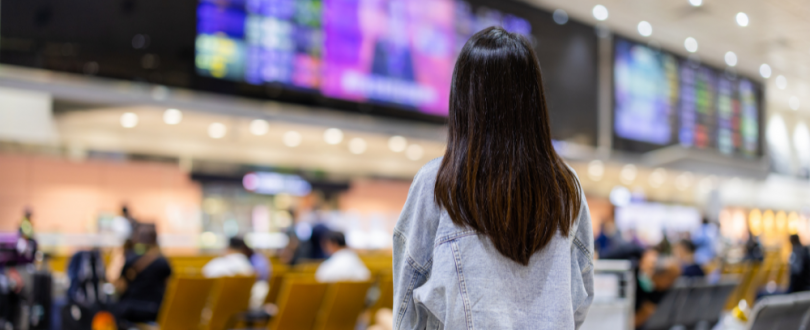
Transit Visas: Essential Info for Travelers Passing Through the U.S.
Are you planning an international journey that includes a layover in the United States? Navigating the world of transit visas can be a crucial aspect of your travel planning. This blog post is designed to provide you with essential information on transit visas, particularly for those passing through the U.S.
Understanding Transit Visas
A transit visa is specifically for travelers who are entering a country only to leave it again to reach their final destination. In the U.S., this is typically known as the C-1 visa. It’s essential for those who have a connecting flight in the U.S. and need to pass through American borders.
When Do You Need a Transit Visa?
Whether you need a transit visa to pass through the U.S. depends on various factors:
- Nationality: Some nationalities require a transit visa regardless of the layover duration.
- Layover Duration: If your layover is long or involves changing airports, a transit visa is often necessary.
- Final Destination Visa: If you need a visa for your final destination, you might also need a transit visa for the U.S.
Common Types of Transit Visas
The U.S. primarily offers the C-1 transit visa for travelers passing through the country. However, if your layover is in another region, like the Schengen Area or the UK, you might encounter different types of transit visas, such as the Schengen Airport Transit Visa or the UK’s DATV.
Exploring Various Transit Visa Categories:
C-1 Visa for the U.S.: Detail the C-1 visa specifically for travelers transiting through the United States.
Airport Transit Visas in the Schengen Area: Describe the Schengen Airport Transit Visa, required for certain nationalities when passing through the international transit zones of Schengen airports.
Direct Airside Transit Visa (DATV): Explain the DATV, particularly for the UK, used by travelers who won’t pass through border control but need to change planes.
Application Process for Transit Visas
Step-by-Step Guide to Applying for a Transit Visa:
- Application Steps: Outline the general steps involved in applying for a transit visa, including where and how to apply.
- Documentation: List the typical documents required, such as a valid passport, proof of onward travel, and sometimes proof of visa for the final destination country.
- Processing Time: Give an idea of how long the processing might take and advise on applying well in advance of the travel date.
Eligibility and Requirements
General criteria for a U.S. transit visa include:
- Valid Onward Ticket: Proof of your travel plans to your final destination.
- Short Layover Duration: Your stay in the U.S. should align with your connecting flight timing.
- No Violation of Visa Terms: Ensure that you won’t overstay or engage in unauthorized activities.
Transit Without Visa (TWOV) Programs
Some travelers may be eligible for TWOV, allowing them to transit without a visa under specific conditions. These programs depend on nationality, destination, and the airlines involved.
Visa Waiver Program and Transit Visas
Citizens of countries participating in the Visa Waiver Program (VWP) may not need a transit visa for short layovers in the U.S. However, they would need to obtain authorization through the Electronic System for Travel Authorization (ESTA).
Tips for Smooth Transit Visa Processing
To ensure a hassle-free visa application process:
- Early Application: Emphasize the importance of applying for a transit visa well in advance of the travel date.
- Documentation: List the common documents required for a transit visa application and tips on how to organize them efficiently.
- Understanding Specific Requirements: Highlight the necessity of understanding the transit visa requirements of the specific country you are transiting through.
Dealing with Transit Visa Complications
If you encounter issues or delays:
- Common Complications: Identify typical problems that might arise during the transit visa application process, such as delays or requests for additional documentation.
- Seeking Assistance: Advise on when and how to seek help, whether it’s from an embassy, consulate, or a professional visa consultant.
- Alternative Solutions: Suggest potential alternatives if a transit visa application faces significant issues, such as changing travel routes to avoid transit visa requirements.
While transit visas may seem like just another step in your travel planning, understanding their requirements and processes is vital for a seamless journey, especially when passing through the U.S. By staying informed and prepared, you can ensure that your transit through the U.S. or any other country is as smooth as your overall travel experience. Safe travels!

